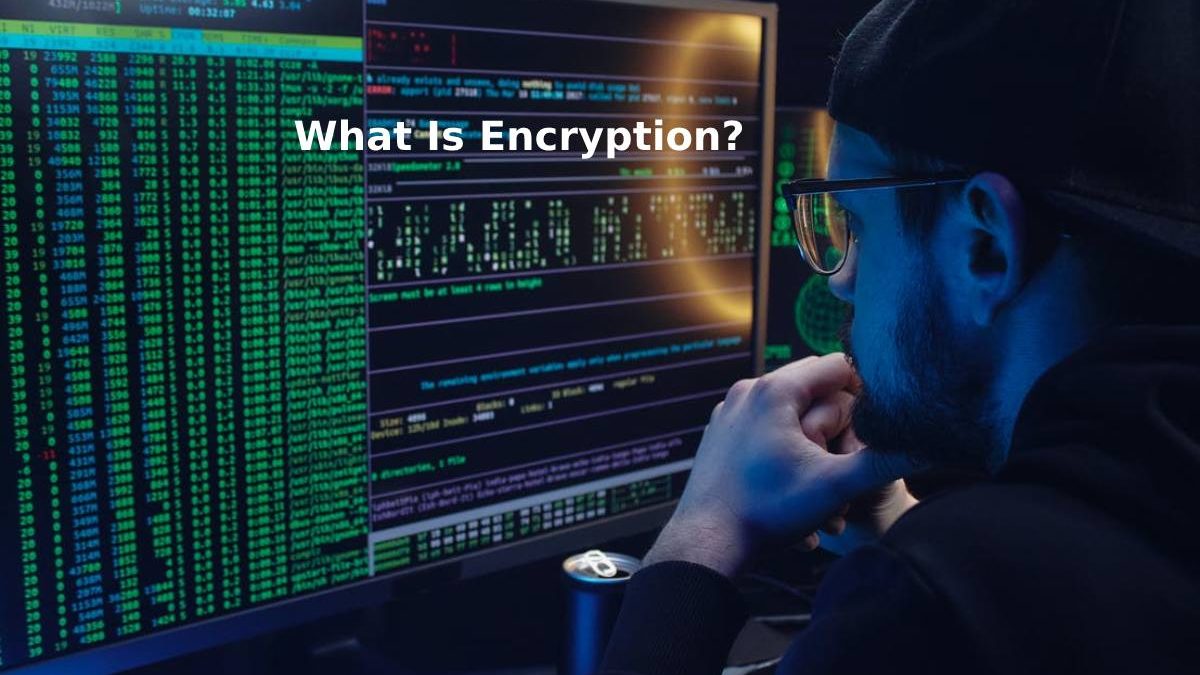Table of Contents
Introduction
Encryption secures digital data using one or more mathematical systems and a password or “key” to decrypt the information. The encryption process translates information using an algorithm that makes the original information incomprehensible.
The process, for instance, can convert an original text, known as plaintext, into an alternative form known as ciphertext. When authorized users need to read the data, they may decrypt it using a binary key. It will convert ciphertext back to plaintext so that the authorized user can access the original information.
Encryption is important for persons and companies to protect searching information from hacking. For example, websites that transmit credit card and bank account numbers should always encrypt this information to check identity theft and fraud. The mathematical study and application of encryption are known as cryptography.
How does Encryption work?
Encryption strength depends on the length of the encryption security key. In the last quarter of the 20th century, web developers used either 40-bit encryption, a key with 240 possible permutations, or 56-bit encryption.
However, by the end of the time, hackers could break those keys through brute-force attacks.It led to a 128-bit system as the standard encryption distance for web browsers.
The Advanced Encryption Standard (AES) is a protocol for data encryption created in 2001 by the U.S. National Institution of Standards and Technology.
AES uses a 128-bit block size, and key lengths of 128, 192, and 256 bits.
General Methods of Encryption
The First
Several general methods exist for encryption. The first is known as Symmetric Encryption Cryptography. It uses the same secret key to encrypt the raw message at the source, transmit the encrypted message to the recipient, and then decrypt it at the destination.
A simple example is representing alphabets with numbers – say, ‘A’ is ’01’, ‘Bis ’02’, etc. A message like “HELLO” will be encrypted as “0805121215,” and this value will be transmitted over the network to the recipient(s).
Once received, the recipient will decrypt it using the same reverse methodology – ’08’ is ‘H’, ’05’ is ‘E’, and so on, to get the original message value “HELLO.” Even if unauthorized parties receive the encrypted message “0805121215,” it will be of no value unless they know the encryption methodology.
The above is one of the simplest examples of symmetric encryption, but many complex variations exist for enhanced security. This method offers the advantages of simple implementation with minimum operational overhead but suffers from shared critical security and scalability problems.
The Second Method
The second method exists called Asymmetric Encryption Cryptography, which uses two keys – one public and one private – to encrypt and decrypt data. The public key can exist disseminated openly, like the address of the fund receiver, while the private key exists known only to the owner.
In this method, a person can encrypt a message using the receiver’s public key. But it can decrypt only by its private key. This method helps achieve the two crucial authentication and encryption functions for cryptocurrency transactions.
The former exists achieved as the public key verifies the paired private key for the genuine sender of the message. At the same time, the latter stands accomplished as only the paired personal key holder can successfully decrypt the encrypted message.
A Third Cryptography Method
A third cryptography method is Hashing. Which stands used to efficiently verify the integrity of transactions on a network or verify the fidelity of data copied or downloaded against the original. Typical hash functions take inputs of variable lengths to return outputs of a fixed size. Fidelity can be verified by running the data in question through the same hash function and confirming it is identical to the original hashed data.
Hashing works because it is tough to reconstitute the original data only given the hashed output. Hashing employs because it is computationally complex. Making block mining possible for cryptocurrencies. Additionally, Digital Signatures complement these various cryptography processes by allowing genuine participants to prove their identities to the network.
Multiple variations of the above methods with desired levels of customization can implement across various cryptography applications.


